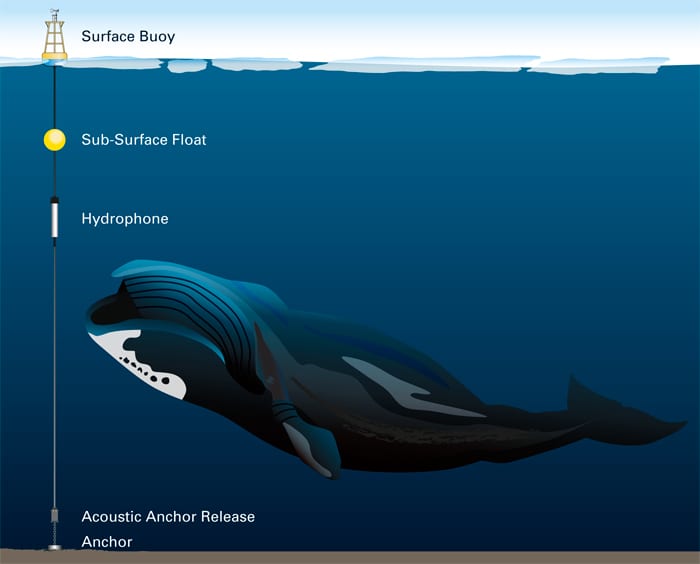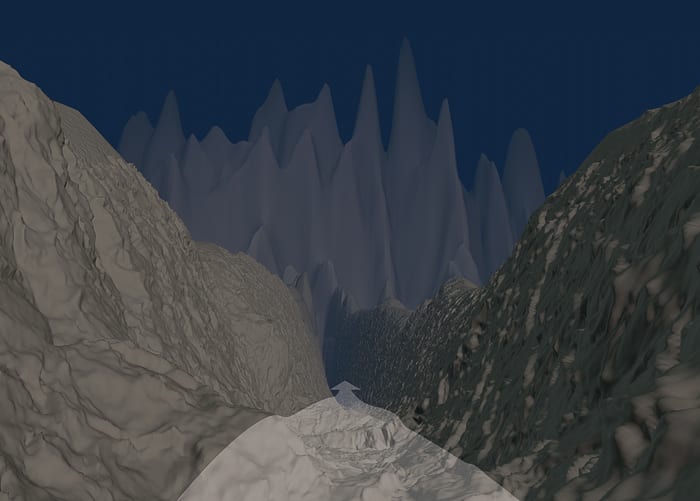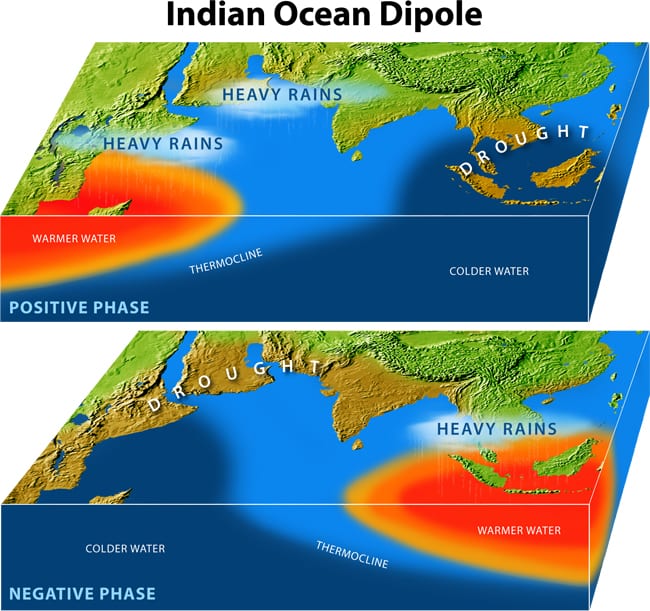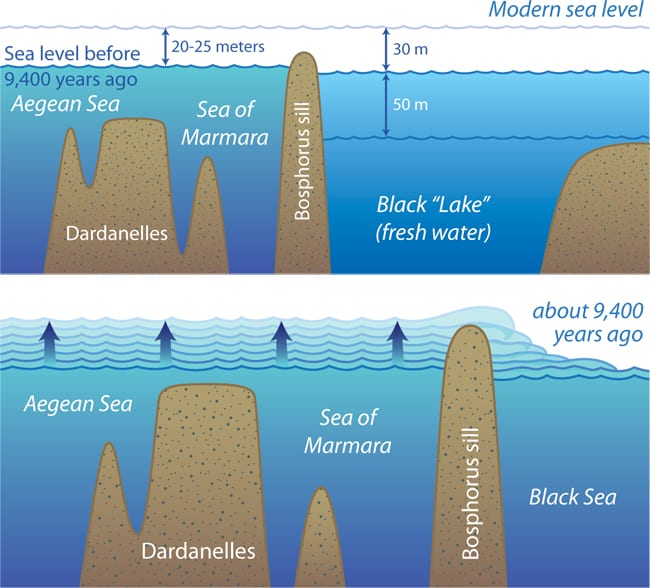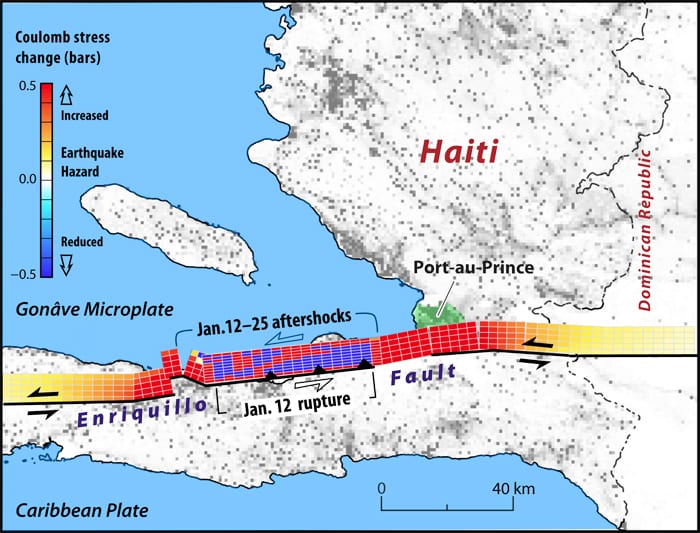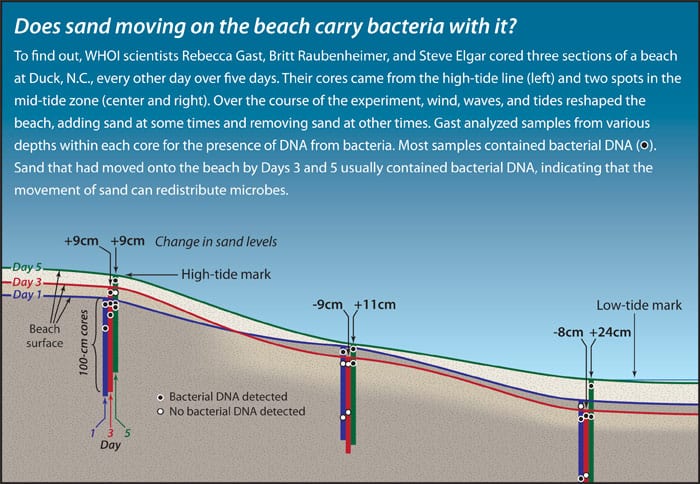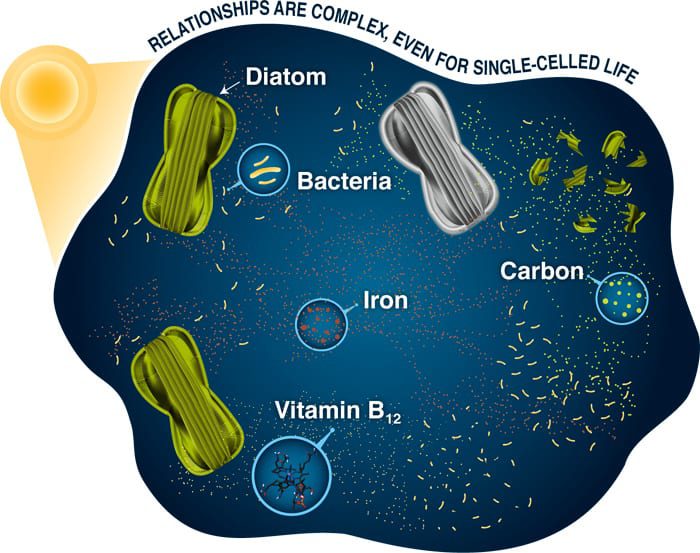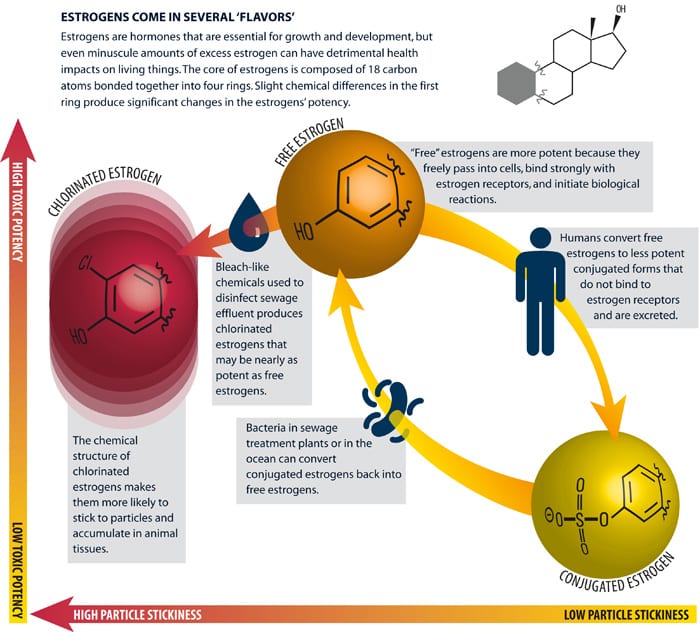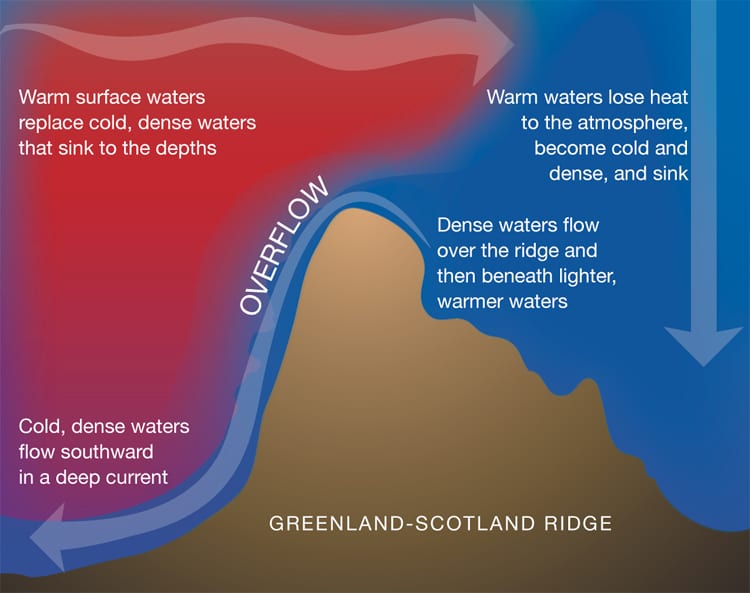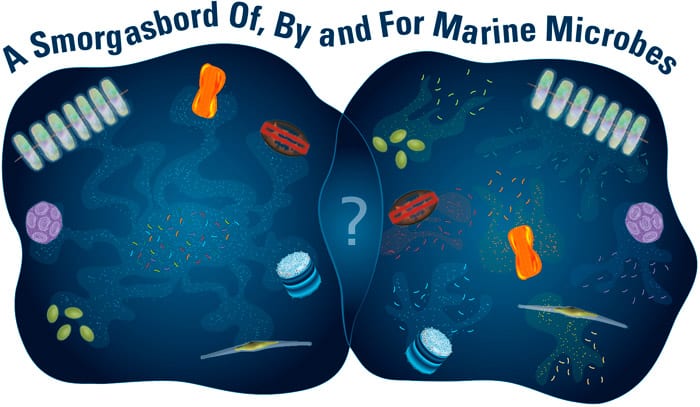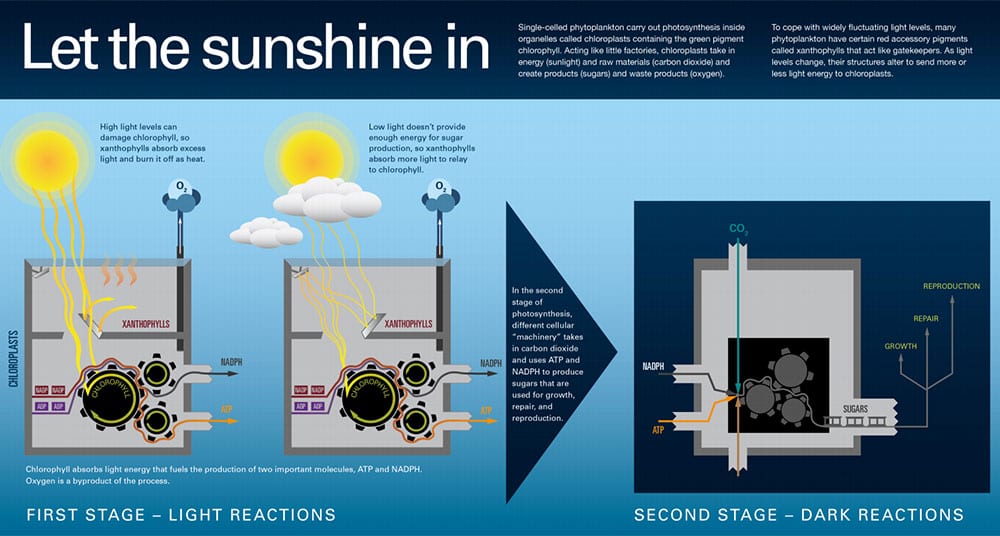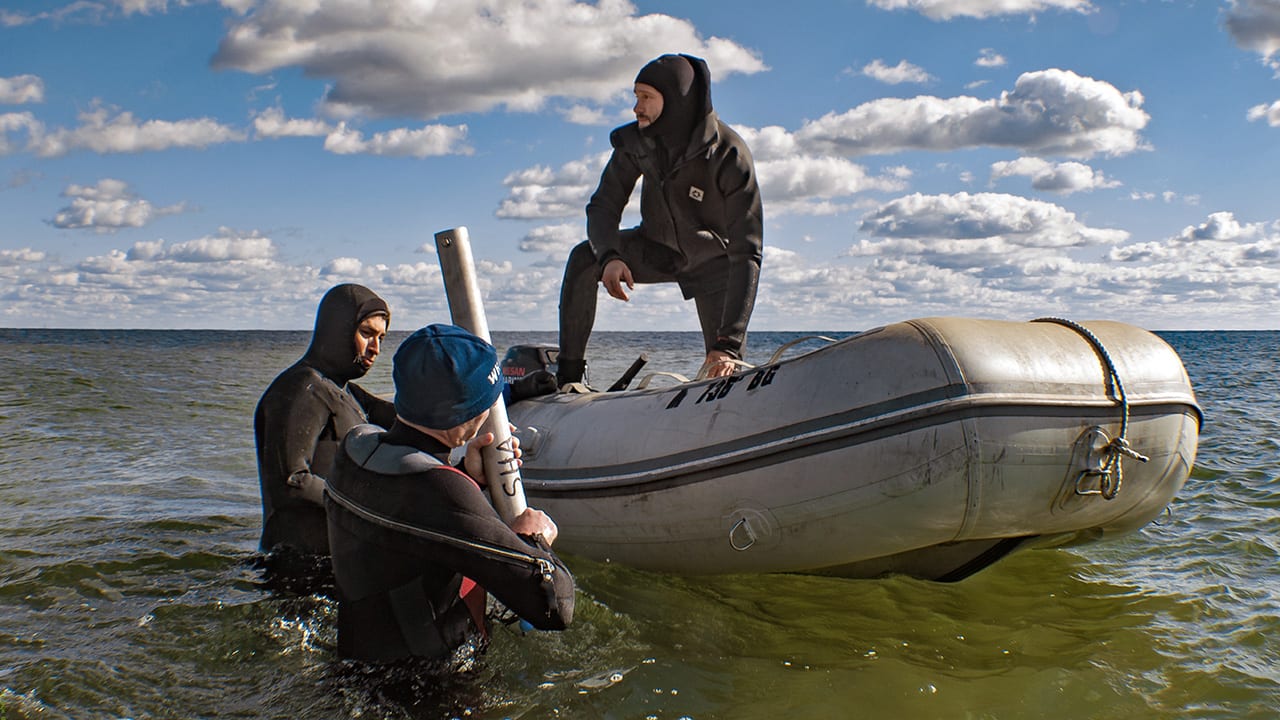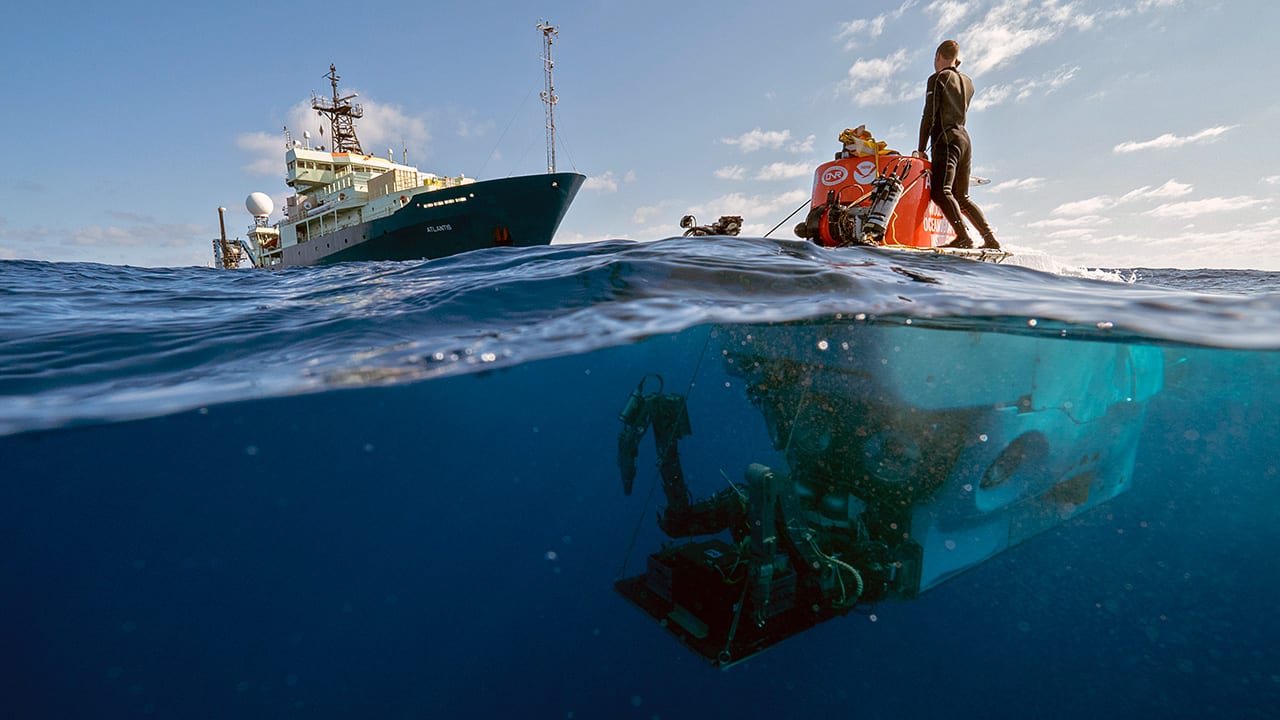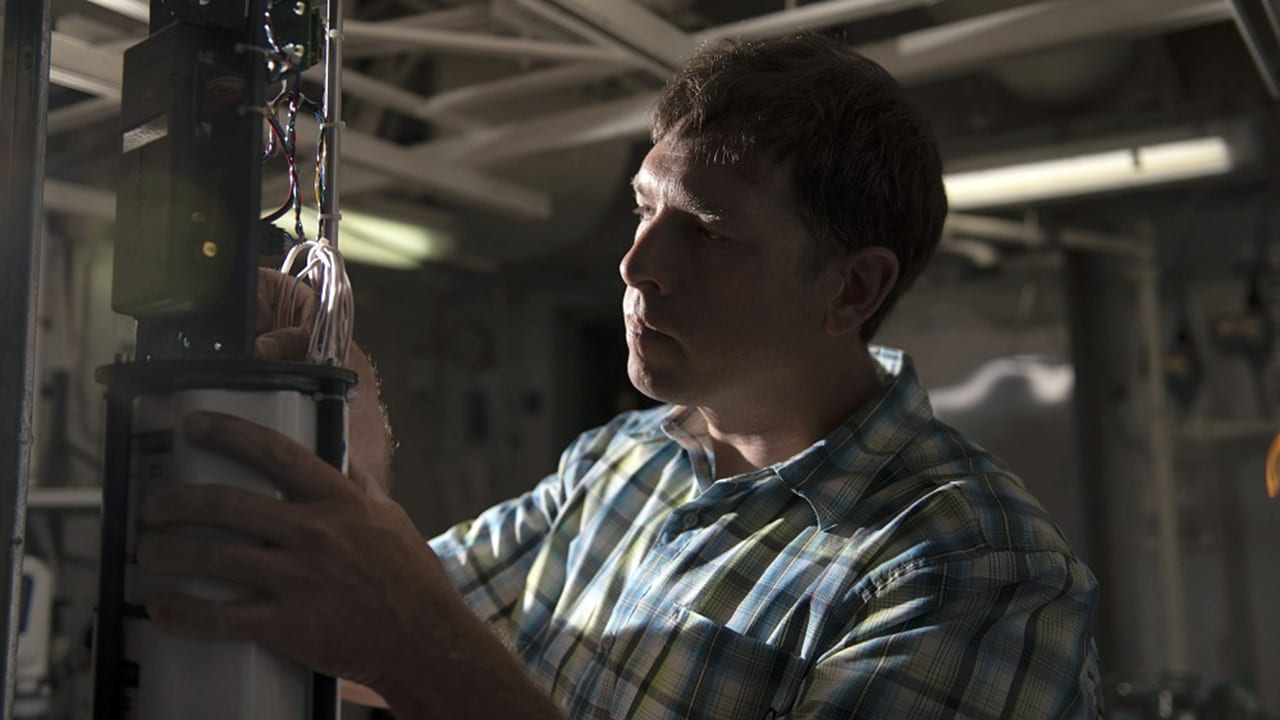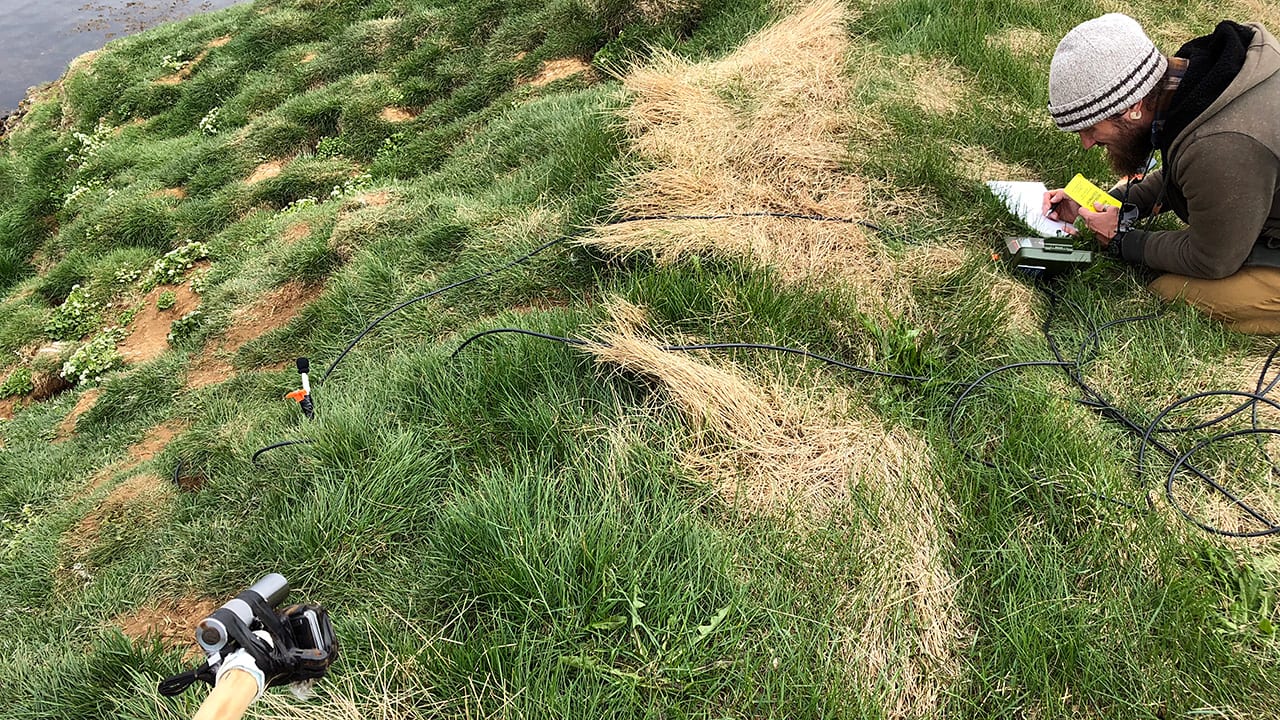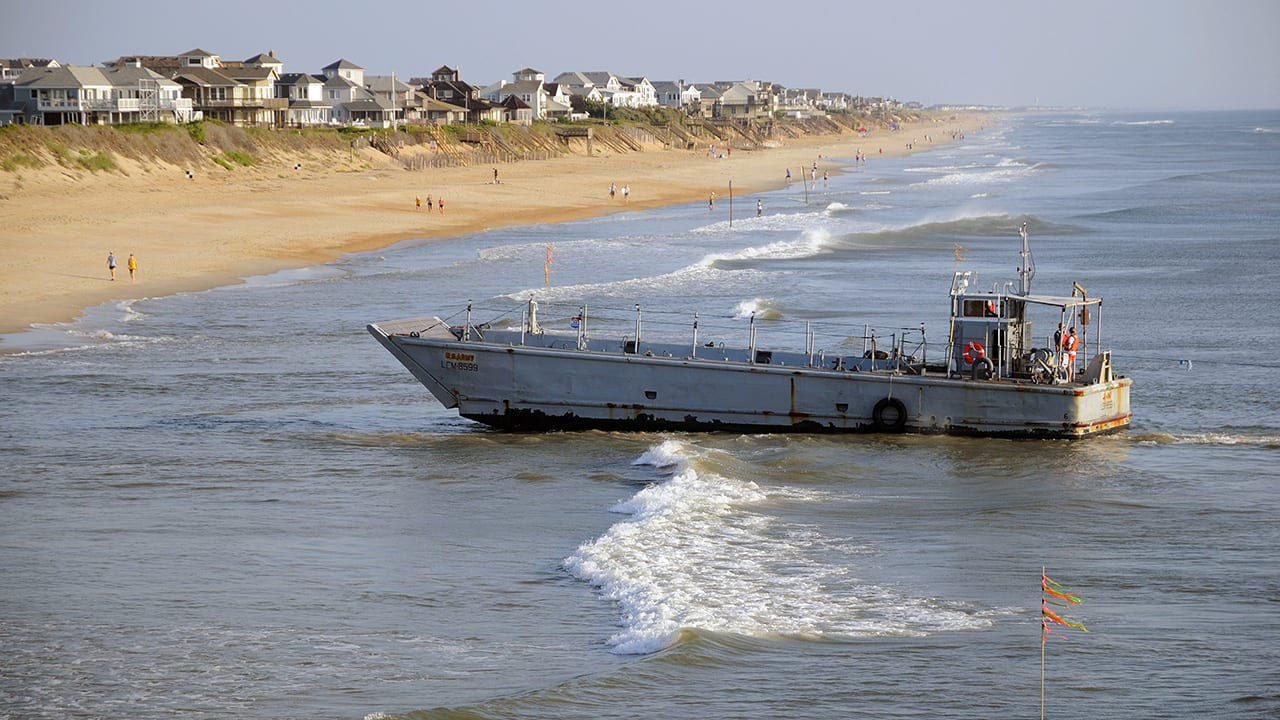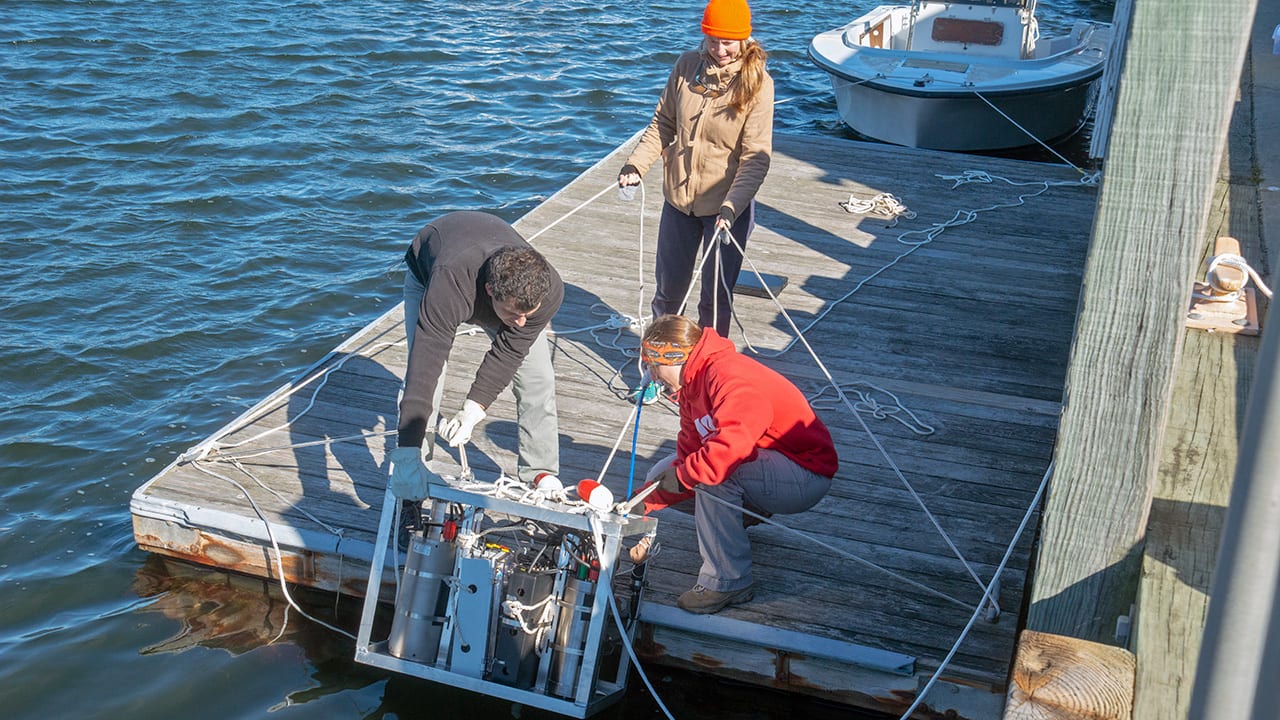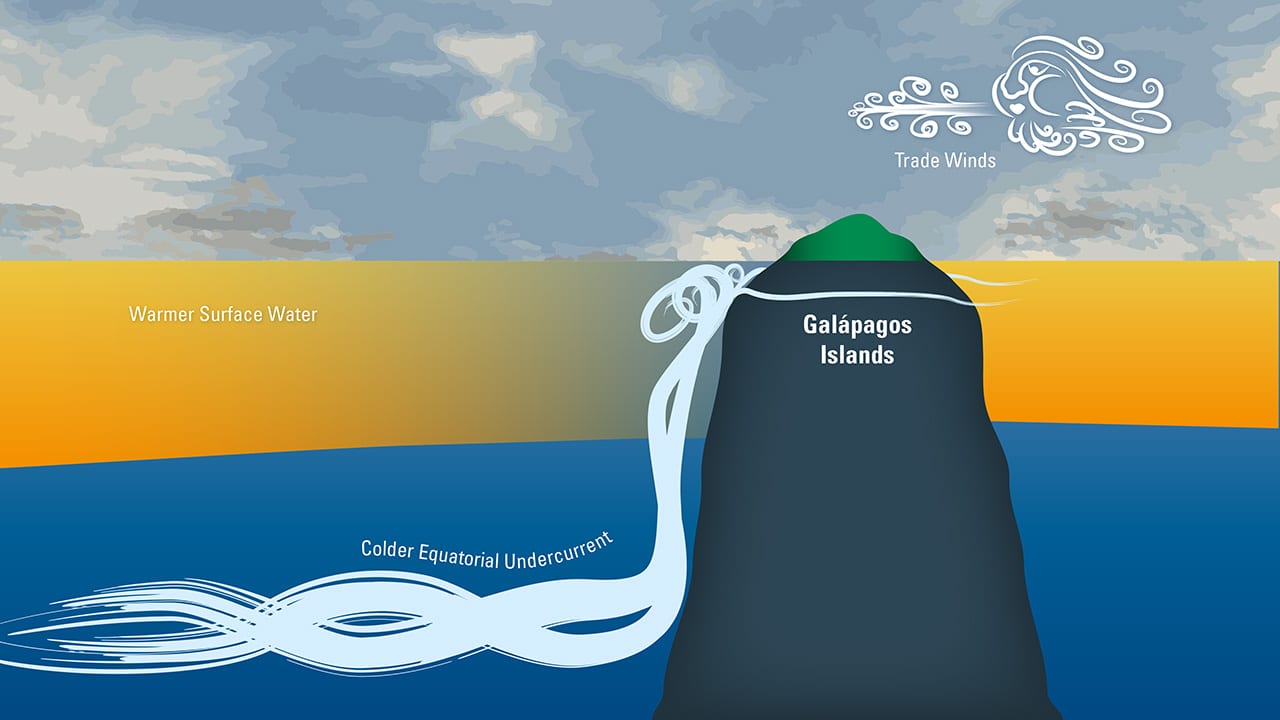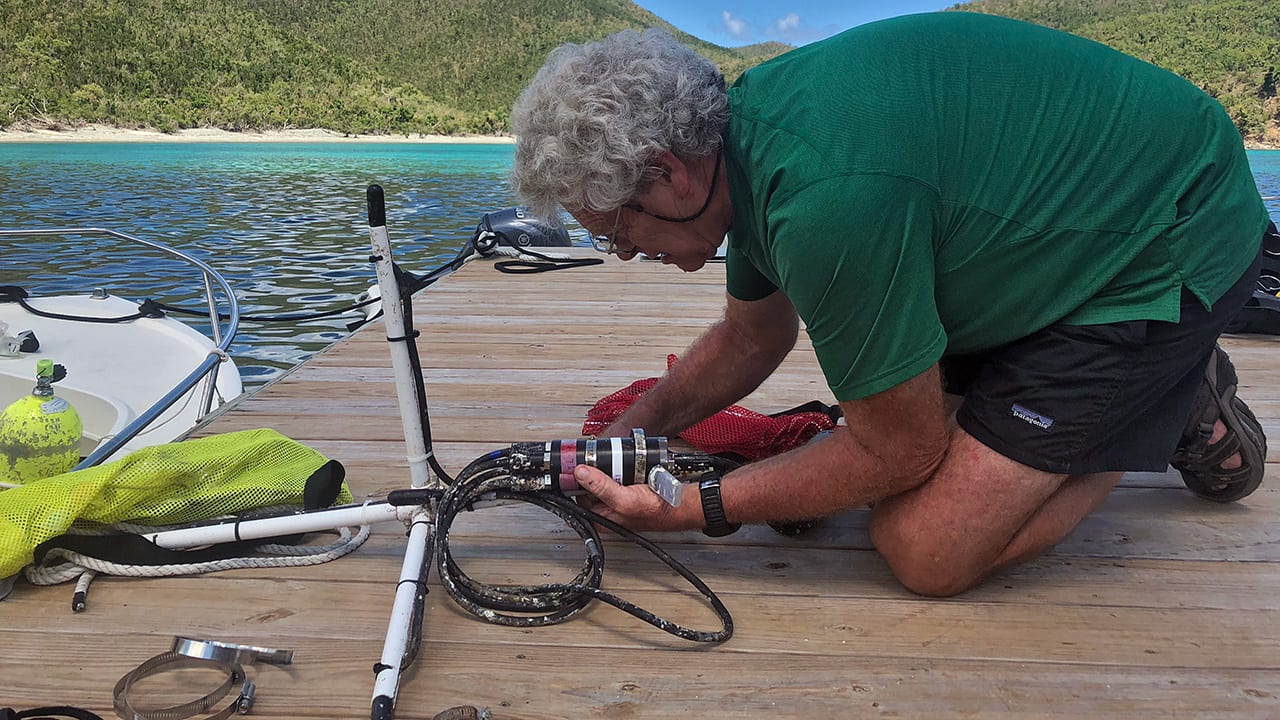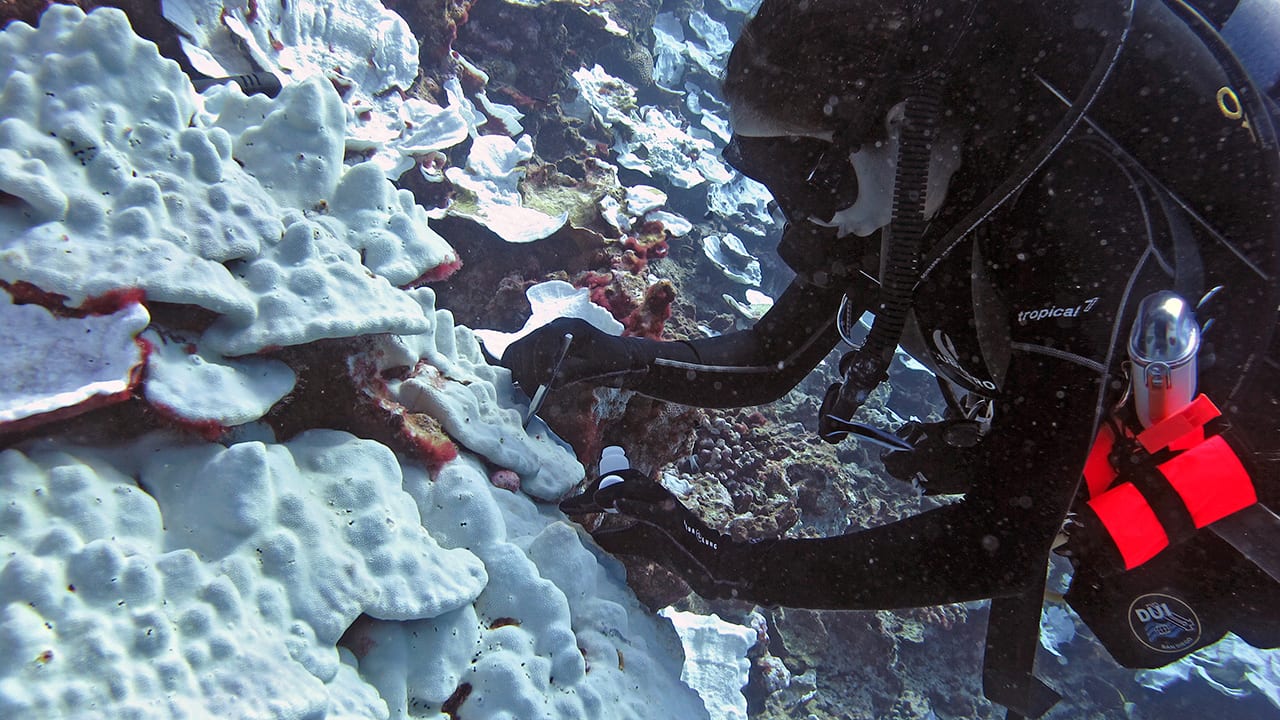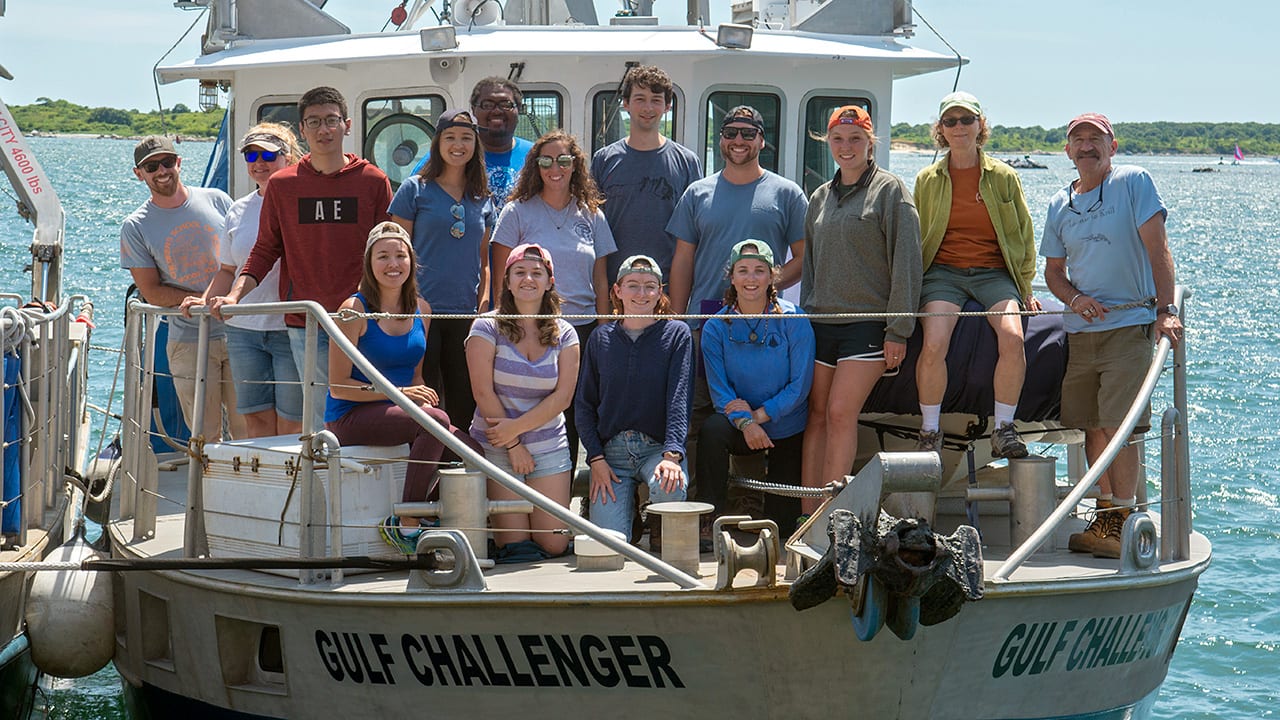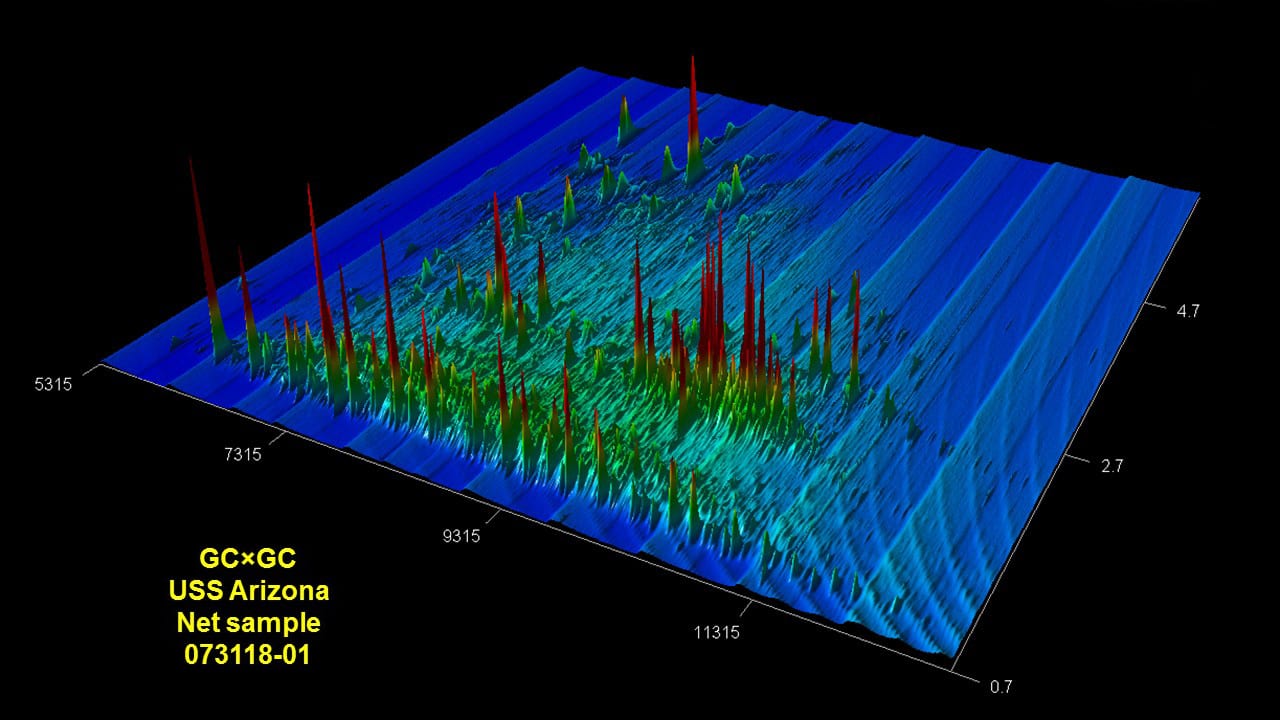Multimedia
Listening in on Whales
Scientists eavesdrop on bowhead whale calls using moorings with hydrophones that record their singing
Read MoreDeep-sea Gorges
Deep seafloor canyons host powerful currents that flow uphill along canyon floors, potentially playing a key role in driving global ocean circulation.
Read MoreBetween the beach and the deep sea
The shallow inner shelf connects beach and ocean, where waves, tides, and seasonal changes mix sand, water, and nutrients, shaping coastal transport.
Read MoreIndian Ocean Dipole
The Indian Ocean Dipole influences weather patterns: its positive phase brings rain to East Africa and India, while drought affects Southeast Asia.
Read MoreNoah’s Not-so-big Flood
10,000 years ago, the Black Sea was a freshwater lake dammed by the Bosphorus Sill. Rising sea levels later flooded it, possibly inspiring the Noah’s flood story.
Read More2010 Haiti Earthquake
Figure of the January 12, 201 earthfquake in Haiti, illustrating the stress, faults, and aftershocks of the event.
Read MoreDoes Sand Move Bacteria at the Beach?
Sand that had moved onto the beach during days 3 and 5 of this study contained bacterial DNA, indicating the movement of sand can redistribute microbes.
Read MoreBacteria and Diatoms
Diatoms and bacteria rely on each other for key nutrients like carbon and B12—but they also compete for scarce iron in the ocean’s complex chemical soup.
Read MoreForms and Transformations of Estrogen
Estrogens exist in free, conjugated, and chlorinated forms, with varying potency and environmental impacts, influencing human health and ecosystems.
Read MoreGreenland-Scotland Ridge
The Greenland-Scotland Ridge is a tall undersea ridge that rises within 500 meters of the sea surface and extends from East Greenland to Iceland and across to Scotland.
Read MoreMarine Microbe Relations
Scientists uncover how autotrophic and heterotrophic microbes interact via dissolved organic carbon, shaping ocean food webs and influencing Earth’s chemistry.
Read MoreLet the Sunshine In
Phytoplankton use chloroplasts to photosynthesize, adapting quickly to shifting light in the ocean to fuel growth with sunlight, carbon dioxide, and nutrients.
Read MoreUXO Marks the Spot
Unexploded ordnance (UXO) from the 1940s and 50s can sometimes resurface in the surf or wash up on beaches at former U.S. military coastal training ranges as the coast erodes.…
Read MoreAlvin, Phone Home
When the human-occupied submersible Alvin surfaces from a deep-sea mission, specially trained crew members called “swimmers” ride a small boat from the research vessel Atlantis to meet the sub. They…
Read MoreBreaking Through
WHOI research engineer Peter Koski prepares an ice tethered profiler for Arctic deployment, working in the science lab of the Coast Guard Cutter Healy. Koski was one of 30 scientists aboard the…
Read MoreMic Drop
Adam Smith, a visiting investigator in WHOI biologist Aran Mooney’s lab, sets up several microphones that will be “dropped” down the side of a cliff and into the burrows of…
Read MoreCreating the Perfect Rip
Rip currents pose a threat to public safety, so officials are interested in ways to predict when and where they form. To study the dynamic and intermittent conditions that create…
Read MoreFirst Time Out
Postdoctoral investigator Eyal Wurgaft, research assistant Kate Morkeski, and MIT-WHOI Joint Program graduate student Mallory Ringham (left to right) lower the new Channelized Optical System (CHANOS II) instrument into Eel Pond…
Read MoreA Mighty Current
The cool waters of the Equatorial Undercurrent flow east across the Central Pacific Ocean. After traveling thousands of miles, the current runs into into the Galápagos Islands about 500 miles…
Read MoreSounds of the Reef
Engineer Rod Catanach sets up a four-channel acoustic recorder to measure coral reef soundscapes—a combination of biological and non-biological sounds produced by everything from fish to waves—during field work in…
Read MoreBleached Corals
Hanny Rivera, a graduate student in the MIT-WHOI Joint Program, takes a tissue sample from a bleached coral. When ocean waters warm, corals lose the colorful algae that lives in…
Read MoreReady to Cast Off
Undergraduate students in the WHOI Summer Student Fellowship (SSF) program prepare for a day at sea aboard the research vessel Gulf Challenger in 2018. Each summer SSFs come to WHOI…
Read MoreUnderwater Milestone
The autonomous underwater vehicle (AUV) Sentry passed a milestone in October 2018, when it completed its 500th dive. The free-swimming, programmable robot was designed and built by WHOI engineers and completed its first…
Read MoreThe Tale of the Arizona
This two-dimensional gas chromatogram created by WHOI technician Bob Nelson from samples collected by chemist Chris Reddy tells a very special story. In July 2018, Reddy traveled to Pearl Harbor…
Read More
